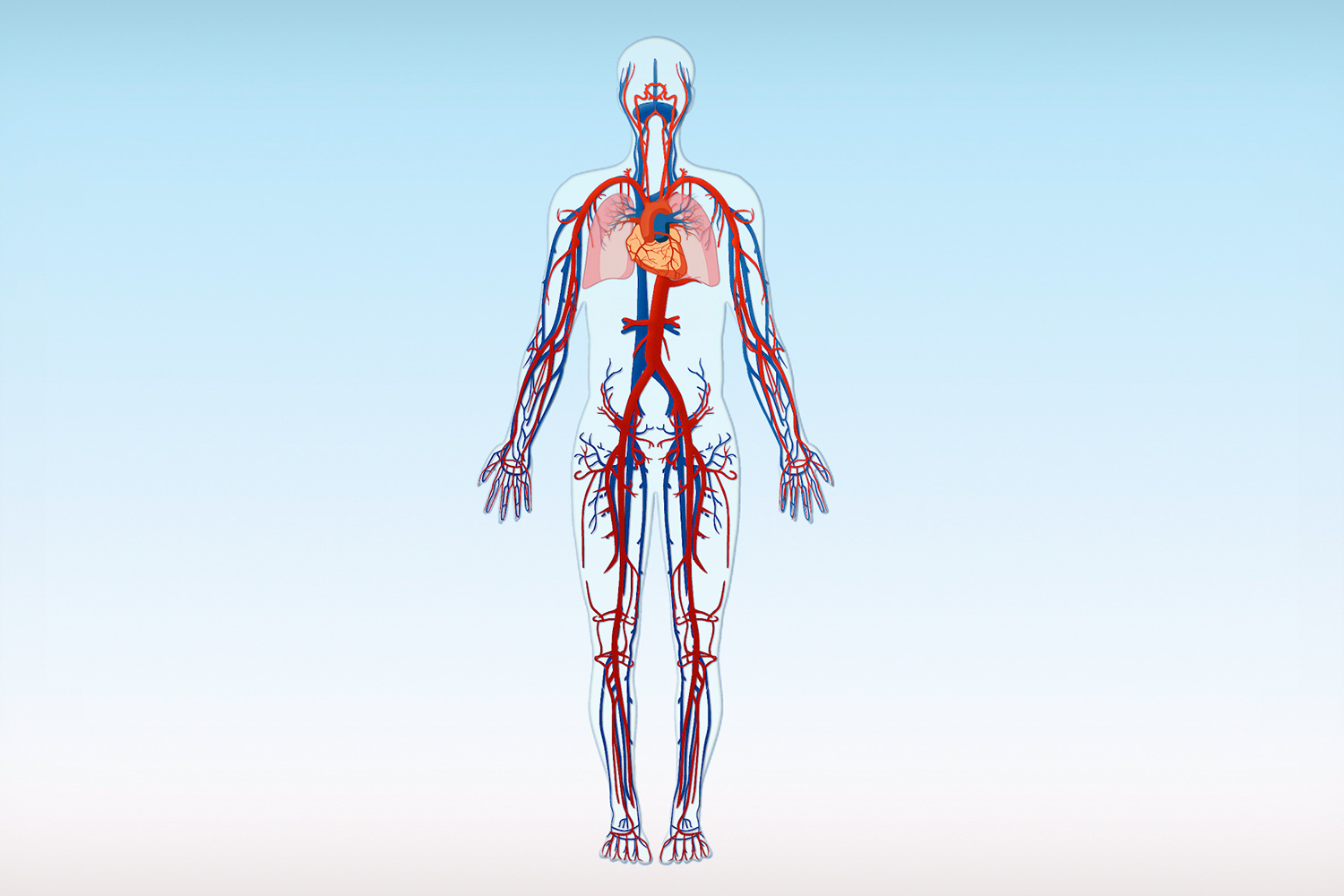
Veins are more than just blood vessels; they are vital highways in our bodies. Ever wondered how they work or why they are blue? Veins carry deoxygenated blood back to the heart, working tirelessly to keep us alive. Unlike arteries, they have valves to prevent backflow, ensuring blood moves in the right direction. Did you know that the largest vein, the inferior vena cava, is as wide as a garden hose? Or that varicose veins can be a sign of weakened valves? From their role in circulation to their unique structure, veins are fascinating and essential. Let's dive into 29 intriguing facts about these incredible vessels.
What Are Veins?
Veins are essential blood vessels that carry blood back to the heart. They play a crucial role in the circulatory system, ensuring that oxygen-depleted blood gets re-oxygenated. Here are some fascinating facts about veins.
-
Veins are part of a vast network that includes arteries and capillaries, forming the circulatory system.
-
They have thinner walls compared to arteries, making them more flexible and less muscular.
-
Veins contain valves that prevent blood from flowing backward, ensuring it moves in one direction toward the heart.
Types of Veins
Different types of veins serve various functions in the body. Understanding these types can help appreciate their roles.
-
Superficial veins are located close to the skin's surface and are often visible.
-
Deep veins are found deeper within the body and are usually paired with arteries.
-
Pulmonary veins carry oxygenated blood from the lungs to the heart, unlike other veins that carry deoxygenated blood.
-
Systemic veins return deoxygenated blood from the body to the heart.
Vein Health
Maintaining healthy veins is vital for overall well-being. Here are some facts about vein health and common issues.
-
Varicose veins occur when veins become enlarged and twisted, often due to faulty valves.
-
Spider veins are smaller, red or blue veins that appear on the skin's surface, usually on the legs or face.
-
Deep vein thrombosis (DVT) is a serious condition where a blood clot forms in a deep vein, often in the legs.
-
Regular exercise can improve vein health by promoting good blood circulation.
-
Elevating your legs can help reduce pressure on veins and improve blood flow.
Veins in Different Species
Veins are not unique to humans; they exist in many other species, each with unique adaptations.
-
Insects have an open circulatory system where blood flows freely through body cavities, unlike the closed system in humans.
-
Fish have a single circulatory loop, with blood passing through the heart once per cycle.
-
Birds have a highly efficient circulatory system to support their high metabolism and flight.
Fun Facts About Veins
Veins have some surprising and fun aspects that might not be widely known.
-
The blue appearance of veins is due to the way light penetrates the skin and reflects off the veins.
-
The human body has approximately 60,000 miles of blood vessels, including veins, arteries, and capillaries.
-
Veins can expand to hold more blood, acting as a reservoir in times of need.
-
The largest vein in the body is the inferior vena cava, which carries blood from the lower body to the heart.
Historical and Medical Insights
Veins have been studied for centuries, leading to many medical advancements and historical insights.
-
Ancient Egyptians practiced bloodletting, believing it could cure various ailments by removing "bad" blood.
-
The discovery of blood circulation by William Harvey in the 17th century revolutionized medical understanding of veins and the circulatory system.
-
Phlebotomy, the practice of drawing blood, is a crucial medical procedure that relies on accessing veins.
-
Modern medicine uses ultrasound technology to visualize veins and diagnose conditions like DVT.
Veins and Technology
Advancements in technology have significantly impacted the study and treatment of veins.
-
Laser treatments can effectively treat varicose and spider veins by sealing them off.
-
Sclerotherapy involves injecting a solution into veins to collapse and fade them.
-
Vein finders use infrared light to make veins more visible, aiding in procedures like blood draws.
Interesting Comparisons
Comparing veins to other parts of the circulatory system highlights their unique features.
-
Unlike arteries, veins have lower blood pressure and rely on muscle contractions to help move blood.
-
Capillaries, the smallest blood vessels, connect arteries and veins, facilitating the exchange of oxygen and nutrients.
-
Veins can be more prone to issues like clotting and varicosities due to their structure and function.
The Final Word on Veins
Veins are more than just blood vessels. They play a crucial role in keeping our bodies functioning smoothly. From carrying deoxygenated blood back to the heart to helping regulate body temperature, veins are vital. Did you know veins have valves to prevent blood from flowing backward? Or that they can expand and contract to manage blood flow? These facts highlight how essential veins are to our health. Next time you see a vein, remember it's doing a lot more than you might think. Whether it's the tiny capillaries or the large veins in your legs, each one has a job to do. So, take care of your veins by staying active, hydrated, and healthy. Your body will thank you for it.
Was this page helpful?
Our commitment to delivering trustworthy and engaging content is at the heart of what we do. Each fact on our site is contributed by real users like you, bringing a wealth of diverse insights and information. To ensure the highest standards of accuracy and reliability, our dedicated editors meticulously review each submission. This process guarantees that the facts we share are not only fascinating but also credible. Trust in our commitment to quality and authenticity as you explore and learn with us.
